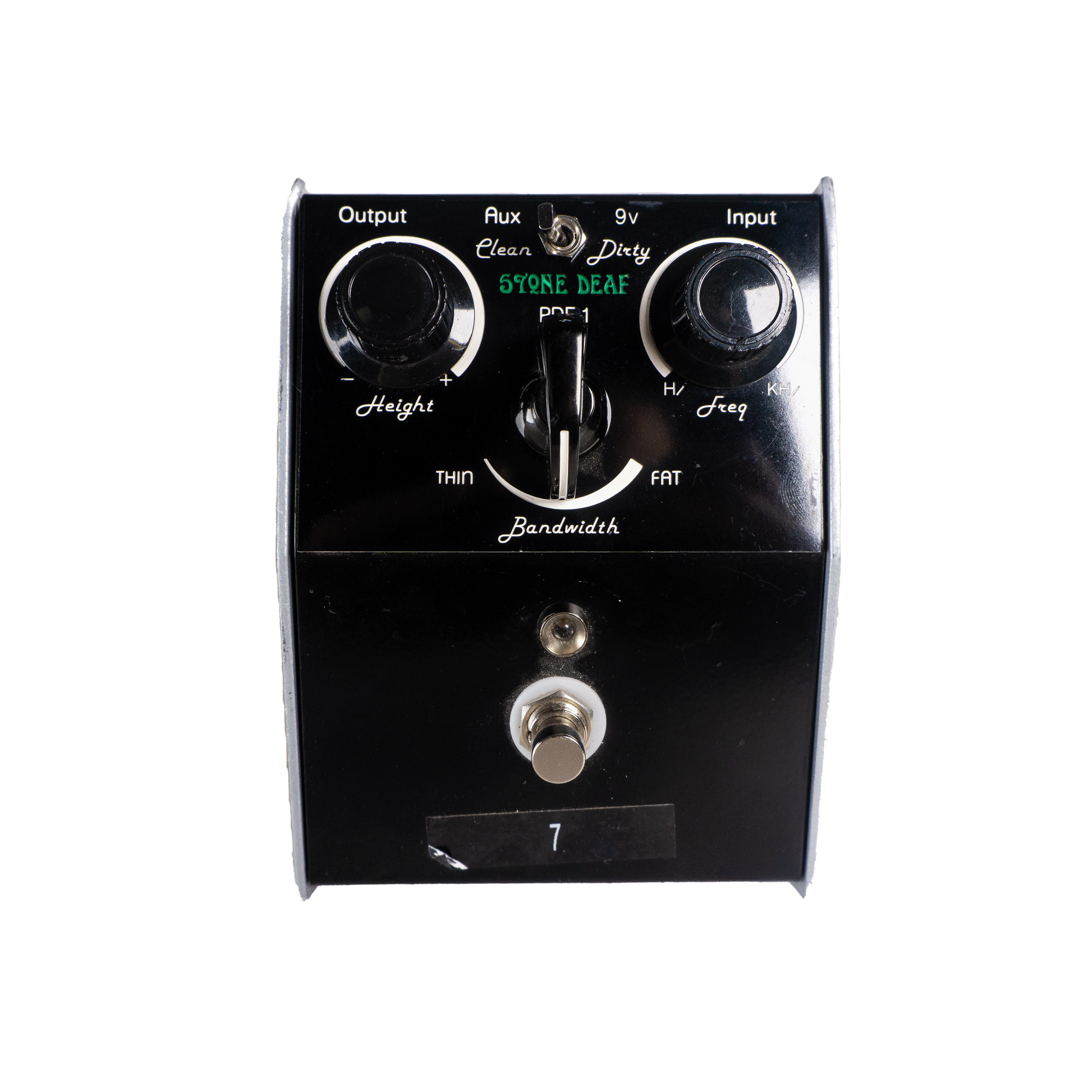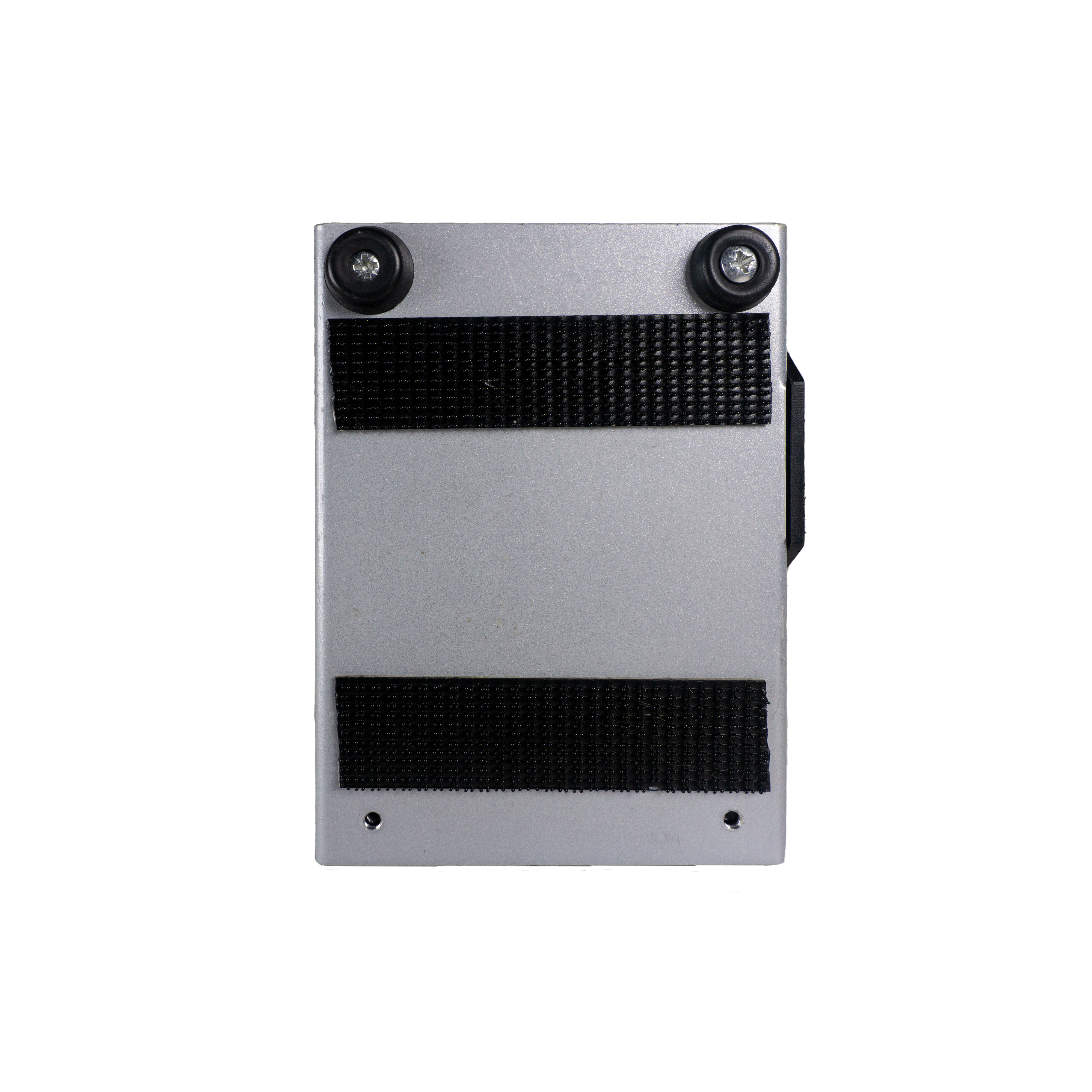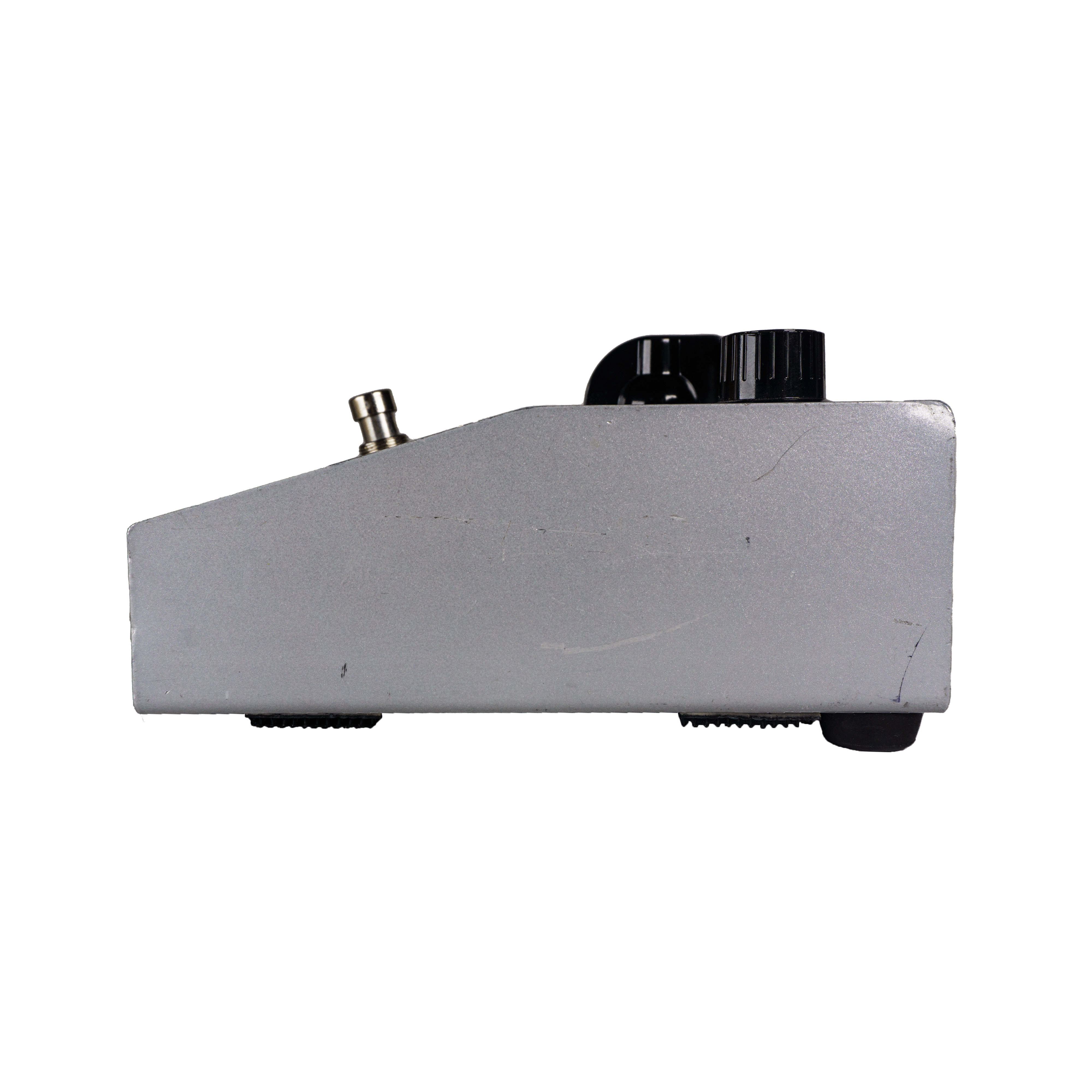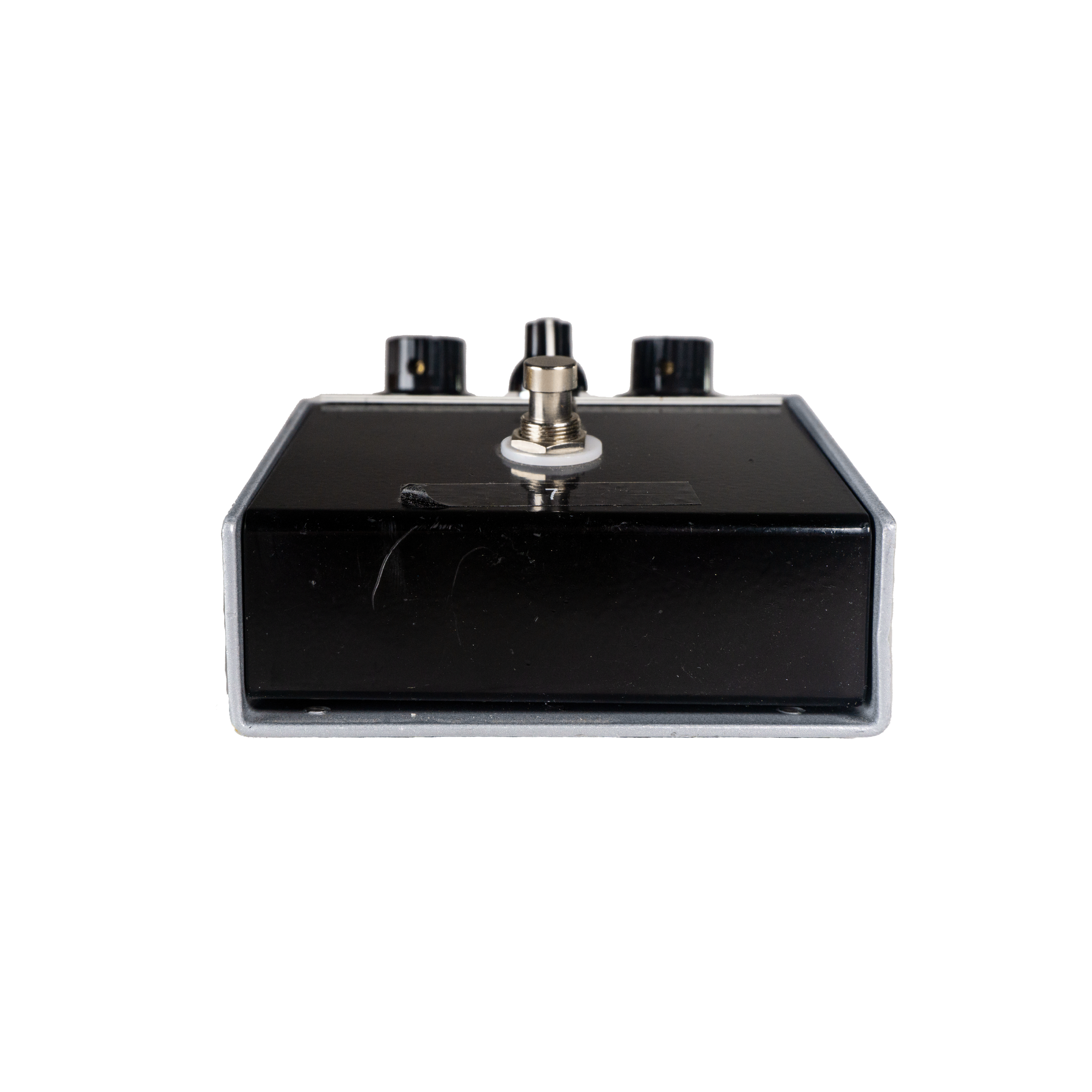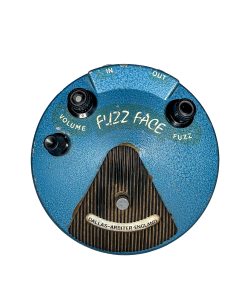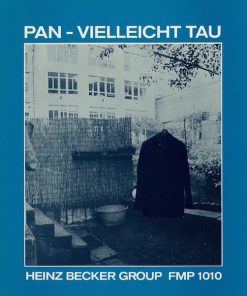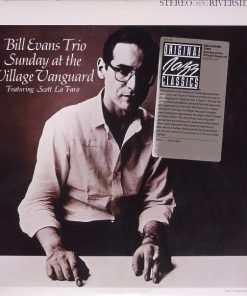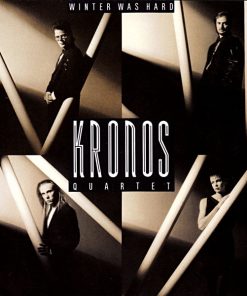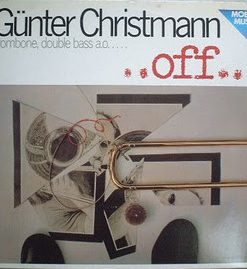Stone Deaf PDF-1 Walter Becker / Steely Dan owned Effect Pedal – Parametric Distortion Filter
$429.00
Out of stock
We are Eclectic Sounds / aka: eclsounds – a store front in Portland, Or. We are open 7 days a week from 11 – 5 PST (by appointment)
In Excellent condition overall. Bought at the Julien’s auction.
Will supply proof of Julien’s receipt.
https://www.julienslive.com/lot-details/index/catalog/312/lot/122374/signup/
From Premier Guitar:
Whether crusty, rich, brittle, or big as a brick house, fuzz and distortion are heavenly sounds to many ears. But from the day Keith Richards kicked on his Maestro Fuzz Tone for the first blast of “Satisfaction,” guitarists have looked for ways to shape raunchy sonics into something more individual, musical, and malleable. Roger Mayer’s Octavia was among the first to expand what a single fuzz box could do by putting a little octave brawn behind the buzz. And by the ’70s, more adventurous manufacturers were giving players even greater power to shape their distortion. One of the cooler efforts of the era came from Maestro in the form of their Maestro Parametric Filter (MPF), a clever, clunky filter pedal that a resourceful player could use for everything from simple EQ to total fuzzification of their signal. It wasn’t the nastiest distortion or fuzz around, but it gave guitarists a lot of ways to manipulate their sound.
In the years since the MPF first hit music store shelves, 6-string adventurers, including Alex Lifeson and Josh Homme, have used the Maestro to sculpt their tones. Now, Stone Deaf FX of Manchester, England, has created a sturdier and more versatile evolution of the Maestro circuit. Despite its formidable-sounding moniker, the Stone Deaf PDF-1 Parametric Distortion Filter proves to be a pedal of myriad applications beyond heavy and blazing riff-rock. Like its inspiration, the PDF-1 is not the most out-there fuzz or fattest distortion. But it gives you access to sounds that most run-of-the-mill pedals can’t deliver.
English Kraftwerk
Though we’re in a Golden Age for stompboxes, a lot of great pedals suffer from looking and feeling like everything else behind the counter. Not the Stone Deaf PDF-1. The custom- machined aluminum casing, top-notch pots and switches, and stylishly engraved 3-ply plastic control panel are simultaneously reminiscent of an Apollo capsule control panel and the dash of a late ’60s BMW—elegant, easy to navigate, and perceptibly well made. If you love the way a good switch feels, you’ll dig tinkering with the PDF-1.
For all the obvious quality, the PDF-1 is an exceptionally light pedal. The 9-volt battery is brilliantly stashed on the side of the enclosure in a sliding access compartment that will have you setting records for fast, onstage battery changes. It’s a very cool-looking pedal too, with a compact but distinctive ’70s-inspired elevated profile that makes it easy to find on a crowded pedalboard.
In terms of operation, the controls are simple, if not completely intuitive at first. The Height knob (each of the curious control names are identical to those on the Maestro MPF that inspired the PDF-1) drops or boosts a given frequency by up to 20 dB. The Freq knob selects the frequency between 65 Hz and 3 kHz that you want to boost or cut. The 5-position Bandwidth switch moves from Thin to Fat settings and reduces or widens the signal’s bandwidth as a whole. Then there’s the Clean/Dirty switch, which effectively changes the Stone Deaf from a boost/parametric EQ to a distortion/parametric EQ unit.
( Due to people taking advantage of eBay / Reverb return policies; wanting to “try out and/or pilfer parts” we can no longer take returns on used gear unless it arrives damaged. Sorry for this inconvenience. We test and guarantee all gear to be 100% working unless stated otherwise )
| Weight | 32 oz |
|---|
Related products
To Be Sorted



